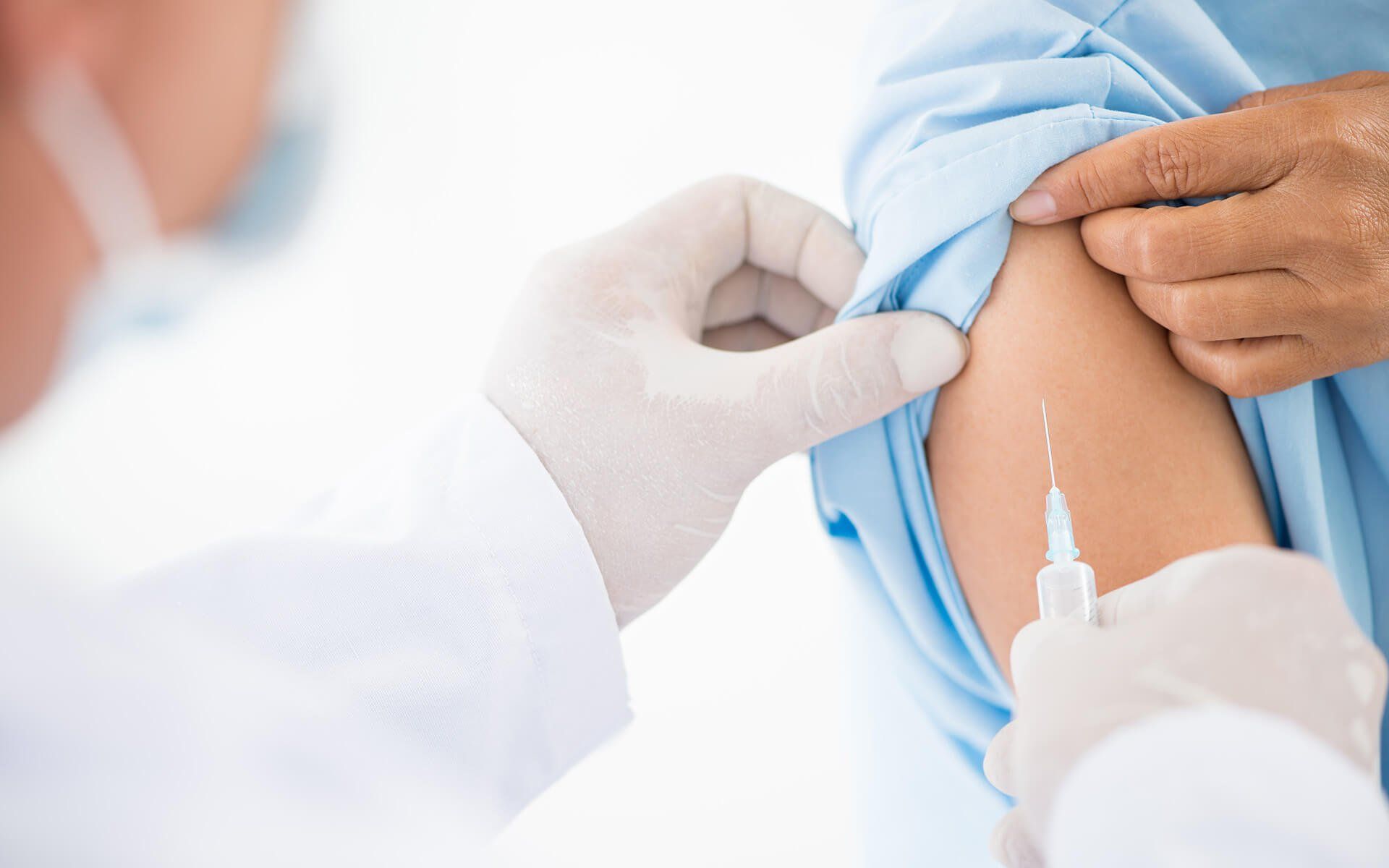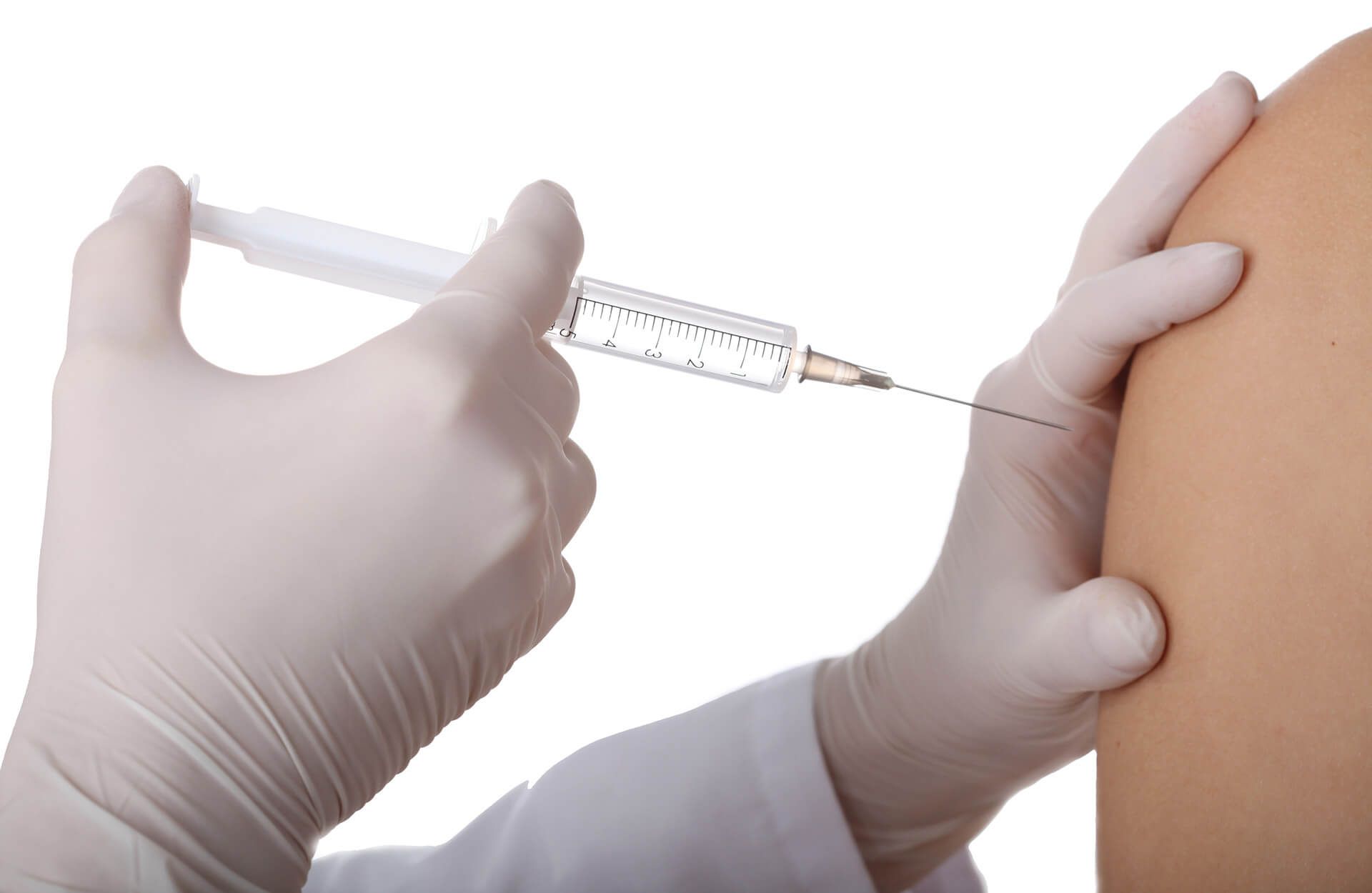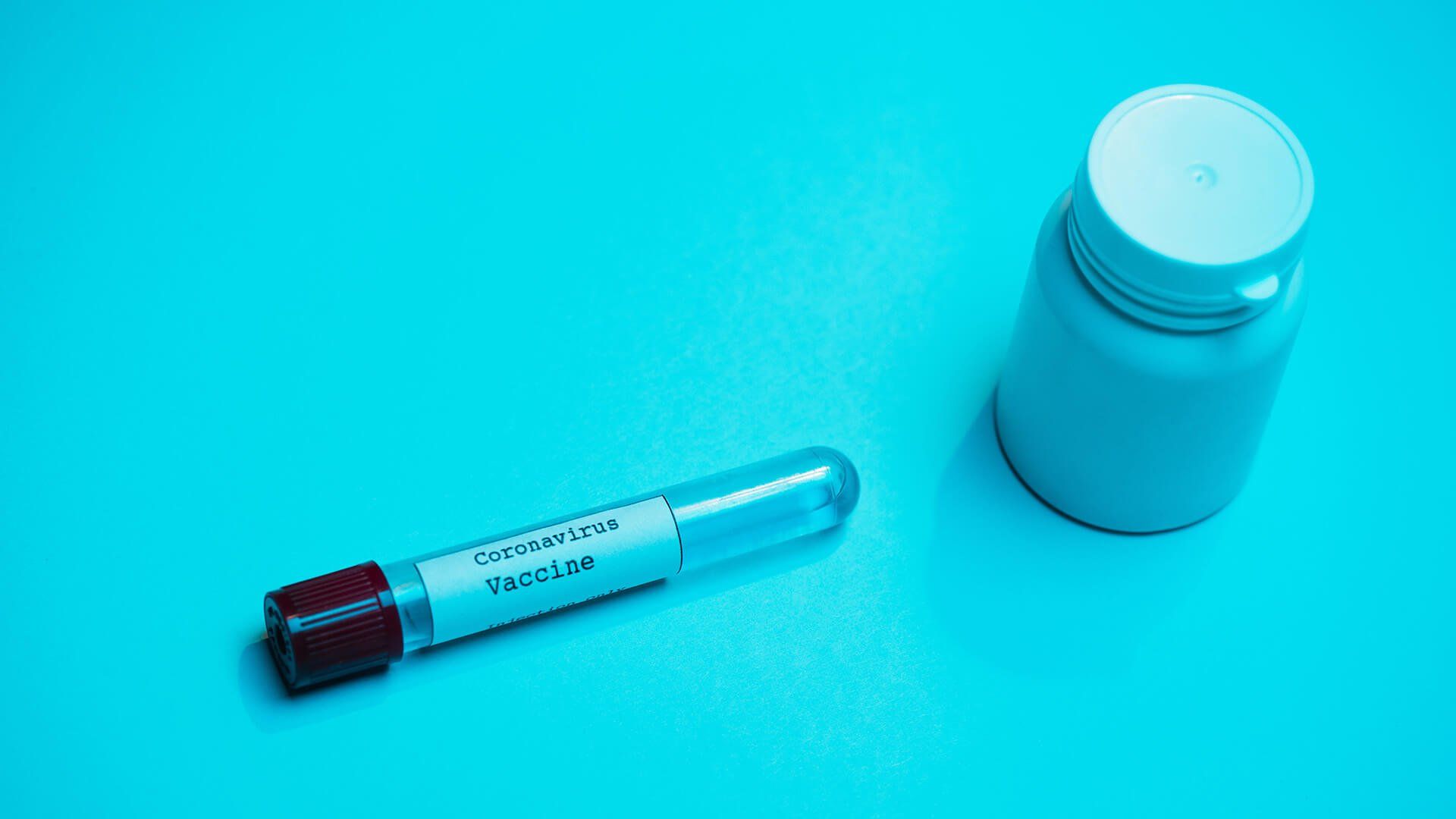Haematologists do see patients with elevated iron stores (ferritin) in the clinic.
In a large proportion of patients, this issue is contributed by increase liver inflammation due to fat in the liver (fatty liver) and excess of alcohol intake. However, high iron stores can also be caused by a familial condition called haemochromatosis.
Haemochromatosis is the most common inherited disorder resulted from too much iron being absorbed and stored in the body. It affects 1 in 200 Australians of European origin.
Haemochromatosis can be entirely asymptomatic initially but if the iron overload is not addressed, it can lead to heart failure, liver failure, diabetes mellitus, joint pain, and hormonal disturbances. Symptoms tend to occur after the age of 40 but may be earlier or later. Early symptoms may include fatigue, abdominal pain and joint aches. Women develop iron overload usually after menopause due to a lack of blood loss from periods and childbirth, and increased demand of iron during pregnancy.
Haemochromatosis can easily be diagnosed by a simple blood test. Please ask your GP to request iron studies and haemochromatosis gene studies if there is any family member being diagnosed with the disease.
Not all patients with haemochromatosis gene will develop iron overload and the symptoms associated with it. However, if patients are at risk of iron overload, haemochromatosis can be managed by taking the blood out regularly (“blood letting” or venesection) given that 75% of body iron is stored in red blood cells. The blood from haemochromatosis patients can safely be used for other patients who need blood transfusion. If the venesection happens at pathology providers, hospitals and clinics, the blood will be discarded. If you have no significant medical problems, you can become a lifetime blood donor at Red Cross Lifeblood.
Patients with haemochromatosis can save multiple lives and at the same time getting the iron level maintained in a safe level. Early diagnosis and treatment prevent complications and result in a normal life expectancy.








